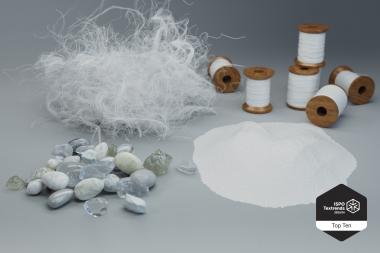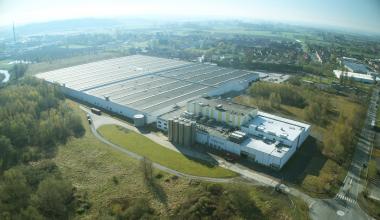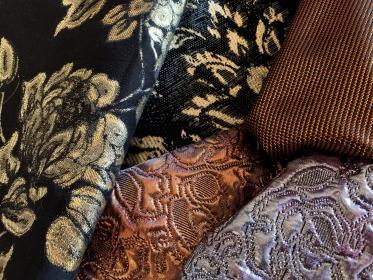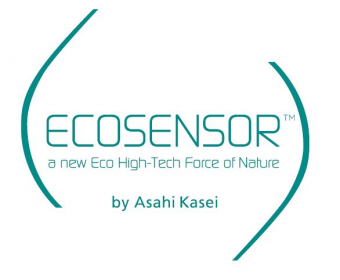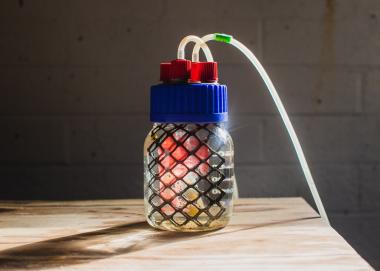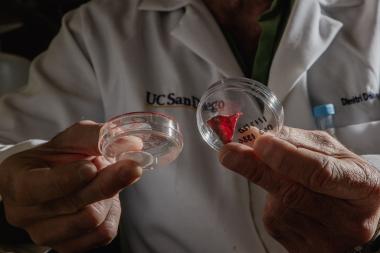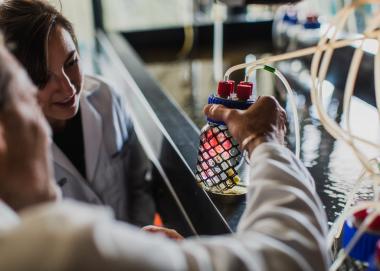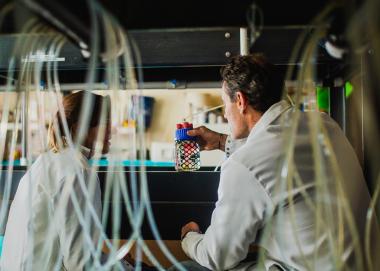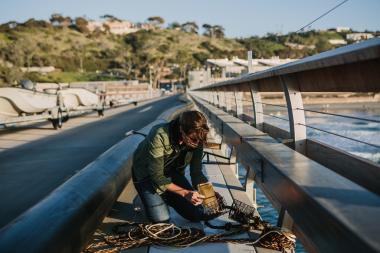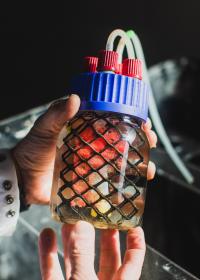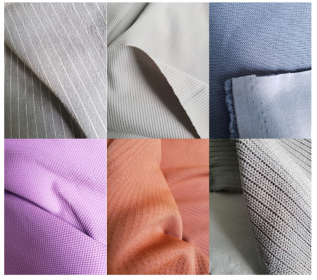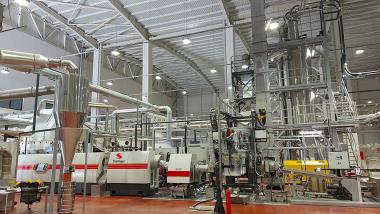Hologenix: Pure White Celliant wins ISPO Textrends Award
Hologenix® is pleased to announce that its newest innovation – pure white CELLIANT® – is a Top Ten winner in the Fibers & Insulation Category of ISPO Textrends Fall/Winter 2023/24. Twice a year, ISPO recognizes innovative fabrics and components that are used to manufacture sports apparel. It’s no surprise that this innovation, whereby CELLIANT infrared technology can be embedded in fibers and for those fibers to be pure white, has achieved this honor. Pure white expands the potential applications of CELLIANT to crisp white performance and athleisure apparel, athletic uniforms and jerseys, towels, bedding, baby clothes, medical apparel and more, while maintaining its well-known wellness benefits. Pure white is the foundation that makes delicate pastel fabrics, as well as any color, possible.
Pure white CELLIANT still captures and converts body heat into infrared energy, increasing local circulation, aiding in temperature regulation and promoting stronger performance, faster recovery and better sleep. Pure white CELLIANT is also still made from ethically sourced minerals from the earth and is available in nylon, polyester and recycled polyester fibers, while retaining the natural characteristics of the polymer.
This award follows on the heels of the 2022/23 ISPO Textrends Awards finalist selection of CELLIANT viscose in the Fibers and Insulations category, which features CELLIANT embedded into plant-based fibers. “We are honored to achieve this recognition from ISPO for our pure white CELLIANT,” said Courtney OKeefe, Chief Supply Chain Officer for Hologenix. “This new formulation took years of work to achieve and is a testament to the dedication and talent of our global research team. We are also very proud to be able to state that we now have two ISPO-recognized fibers.”
Hologenix, LLC / Sarah P. Fletcher Communications


